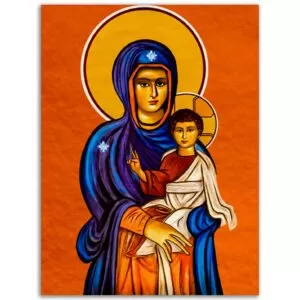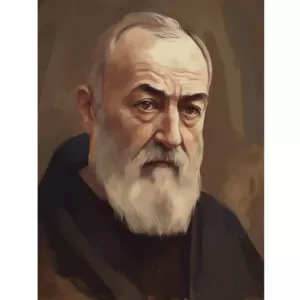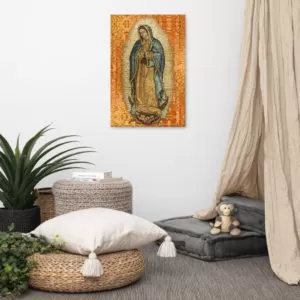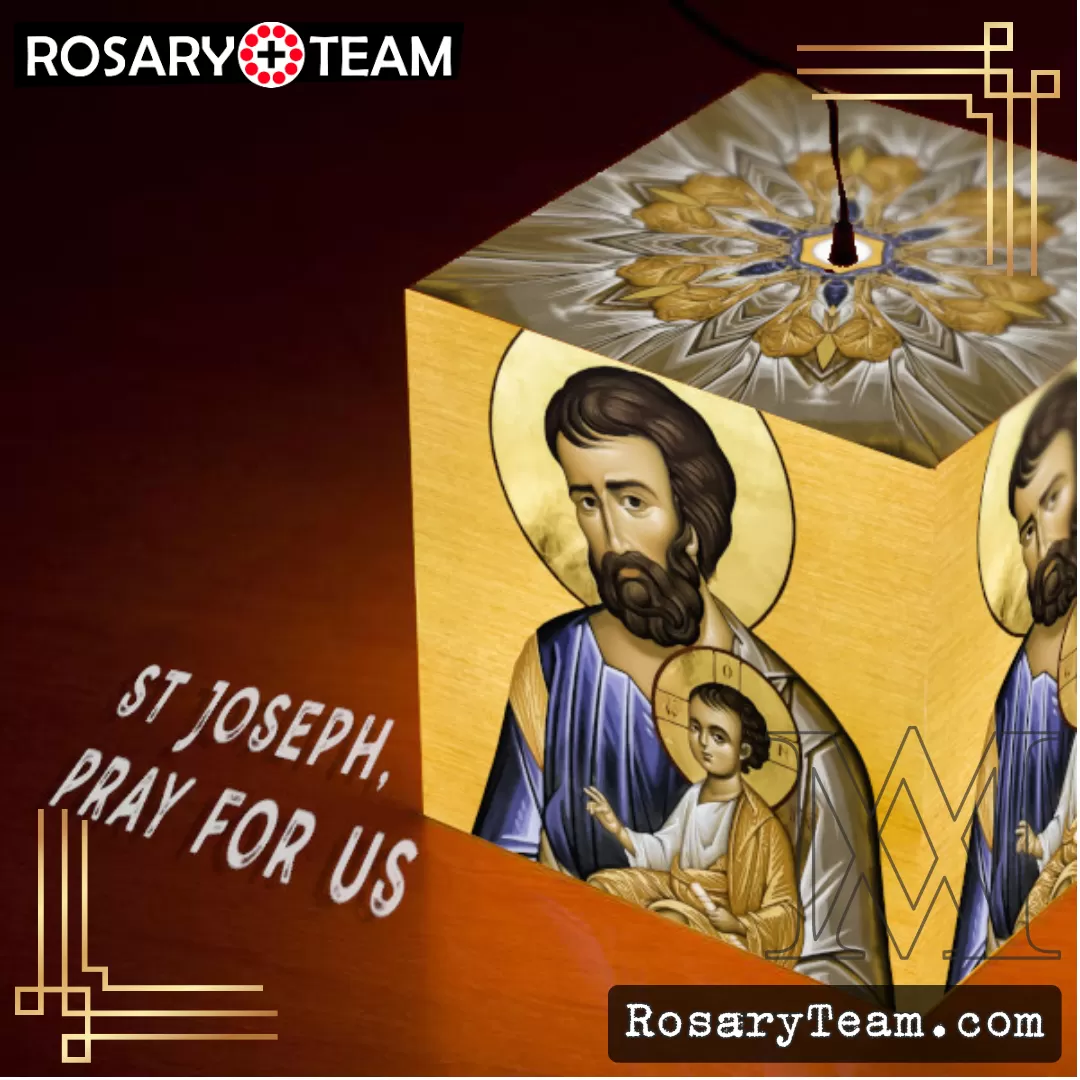Friday, March 22 : Joseph Cardinal Ratzinger [Pope Benedict XVI]
![Friday, March 22 : Joseph Cardinal Ratzinger [Pope Benedict XVI] Friday, March 22 : Joseph Cardinal Ratzinger [Pope Benedict XVI]](https://rosary.team/wp-content/uploads/2021/08/RT-43.jpg)
When he went into the desert, Jesus inserted himself into his people’s history of salvation, that of the chosen people. This history begins after the exodus from Egypt, with the people’s wandering in the desert for forty years. At the center of those forty years were the days of face to face encounter with God: the forty days which Moses spent on the mountain, in absolute fasting, far from his people, in the solitude of the cloud, at the top of the mountain (Ex 24:18). The spring of revelation sprang forth from the heart of those days. We again find a duration of forty days in the life of Elijah: persecuted by King Ahab, he wandered in the desert for forty days, thus returning to the place where the covenant had its origin, to the voice of God, in order to begin a new stage in the history of salvation (1 Kings 19:8). Jesus entered into this history. He lived again his people’s temptations, the temptations of Moses. Like Moses, he offered a sacred exchange: to be wiped out from the book of life in order to save his people (Ex 32:32). Thus Jesus became the Lamb of God who carries the sins of the world; he became the true Moses who is truly “at the Father’s side” (Jn 1:18), face to face with him so as to reveal him. In the deserts of the world, he is truly the source of living water (Jn 7:38), he who is not content with speaking, but who is himself the word of life: the way, the truth, and the life (Jn14:6). From the height of the cross, he gave us the new covenant. By his resurrection, he entered into the promised land as the true Moses, the land to which Moses was refused access and to which he opens the door to us by means of the key of the cross.
maronite readings – rosary,team
















